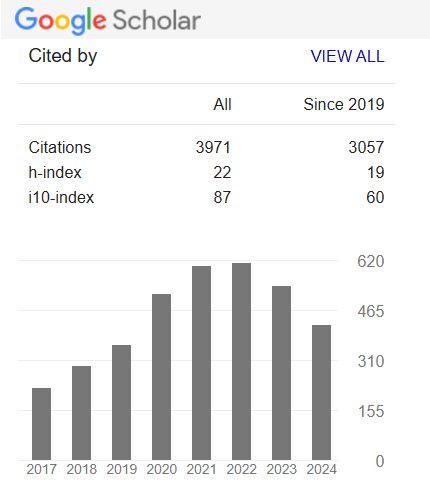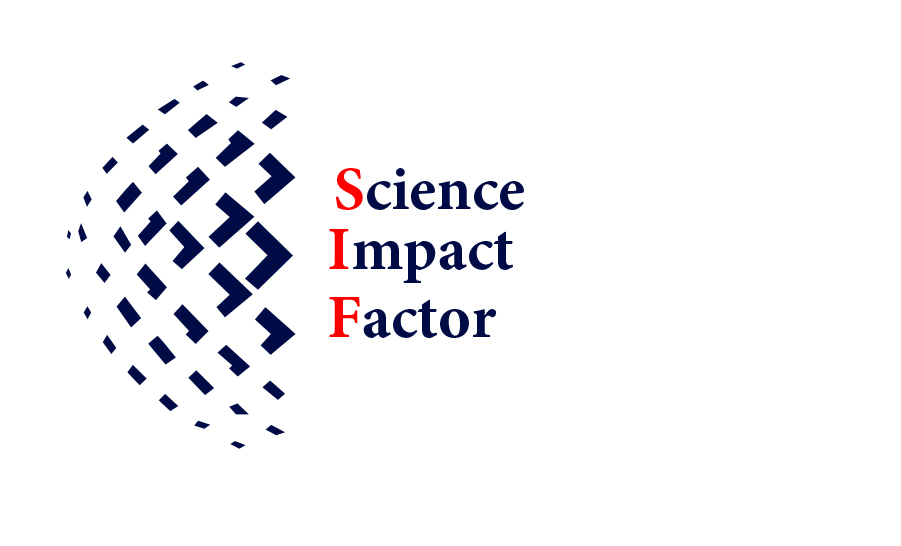Present Scenario of Snake Diversity in and around Ramkrishna Nagar Parbhani, Maharashtra State India
Keywords:
Snake, diversity poisonous non- poisonous, Parbhani, IndiaAbstract
Class Reptilia were dominant in the past era. At present many species of reptiles become extinct. Besides this at present there is huge curiosity among people about the animal included in this group. Snakes are attracting more attention of human beings due to their life threatening attacks and special appearance. Snakes are the important component of food chain. They play key role in controlling rodent pests. They maintain the nature and play important component of role for farmers. Decrease in number of these animals through out Globe and their extinction causes a serious problem to the ecosystem. It is necessary to conserve them. A checklist of snakes is prepared to show the present scenario of snake diversity in and around Ramkrishna Nagar Parbhani, Maharashtra State, India, on the basis of information collected from survey during June 2020 to May 2021. The captured snakes represent poisonous, semi-poisonous and non-poisonous category. The present study is an attempt to calculate the information of species of snakes and transform it to the society people for increasing their knowledge & save the life of snakes. As i am one of the member of snake friend association. This survey in future will help to increase awareness and conservation of snake fauna in this region.
Downloads
References
Bansode SA and More VR (2018) An updated list of serpent from Palghar district of Maharashtra. India” J. Entomol. Zoology Studies 6:375-379.
Bansode SA, More VR and Mirza KA (2016) A study on snakes from Mokhada and Jawhar (Dist. Palghar) Maharashtra, India, Intern. J. Fauna Biol. Studies, 3:103-115.
Daniel JC (2002) The book of Indian reptiles and amphibians. Bombay Natural History Society, Oxford University Press. PP. 238. (ISBN 019566099-4).
Fiteh, H. (1949), “Study of snake population in control in California. American Midland Naturalist 41.513-579.
Gibbons, J (1988) The management of reptiles, amphibians and small mammals in North America.
Hema D. Makne (2021) A Susvey on diversity of snakes found in and around Dhanlaxmi Nagar, Parbhani, M.S. India.” JETIR, December 2021 Volume 8, issue 12.
Jadhav PL (2018), “Snake species diversity and their distribution in and around Nanded city, Maharashtra, India. J. Entomol. Zoology Studies, 6:1855-1860.
Janani S (2016) Diversity of snakes rescued at Chennai, Tamil Nadu, India.” Intern. I. J. Fauna Biol. Studies 3:81-86.
Joshi PS (2017) A herpetofaunal inventory of Vidarbha region, MS,, India. Bioseience Discovery, 8: 582-587
Kale GB (2019), “Study of snake species diversity in rural and semi urban areas of Budhana district of Maharashtra, India.” Int.. J. Life Sci. A13:219-225.
Luiselli et al (2020) Venomous snake abundance within snake species’ assemblages worldwide. Diversity. 12,69. doi:10.3390/d12020069.
Manhas A, et al (2016) An assessment of reptilian diversity and their distribution in Jammu and Kashmir State from Jammu city in northern India. A case study. Intern. J. Fauna Biol. Studies 3:20-23
Pawar Prabhakar R. et.al (2020) Diversity and distribution of Snakes in adjoining areas of Panvel, Navi Mumbai, west coast of India. Int. J. of Zoological Investigations 2:289-300
Tambre GN et al (2016) Snake species diversity of Swami Ramanand Teerth Marathwada University, Maharashtra State, India. Int. J. Curr. Res. Aca. Rev. 4: 104-115.
Whitaker R. (2006) Common Indian snakes: A field guide. Macmillan India Limited, Delhi. PP.138. (ISBN:1403929556, 9781403929556).
Downloads
Published
How to Cite
Issue
Section
License
Copyright (c) 2024 Author

This work is licensed under a Creative Commons Attribution-NonCommercial-NoDerivatives 4.0 International License.
Open Access This article is licensed under a Creative Commons Attribution 4.0 International License, which permits use, sharing, adaptation, distribution and reproduction in any medium or format, as long as you give appropriate credit to the original author(s) and the source, provide a link to the Creative Commons license, and indicate if changes were made. The images or other third party material in this article are included in the article’s Creative Commons license unless indicated otherwise in a credit line to the material. If the material is not included in the article’s Creative Commons license and your intended use is not permitted by statutory regulation or exceeds the permitted use, you will need to obtain permission directly from the copyright holder. To view a copy of this license, visit http://creativecommons.org/ licenses/by/4.0/










